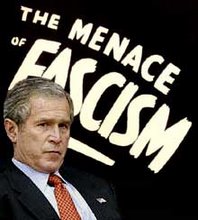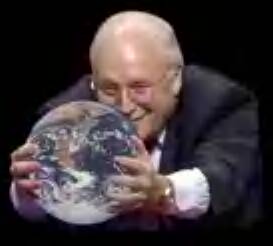| Strictly Confidential | |
| July/August 2007 | |
 Everyone says an open, transparent government is the hallmark of a healthy democracy. But most reasonable people would agree that there must be limits to how transparent government can be. After all, no one wants sensitive national security secrets to fall into the wrong hands. When information shared in the name of good governance can be exploited by terrorists, many would argue the public’s right to know pales in comparison to the public’s need for protection. Everyone says an open, transparent government is the hallmark of a healthy democracy. But most reasonable people would agree that there must be limits to how transparent government can be. After all, no one wants sensitive national security secrets to fall into the wrong hands. When information shared in the name of good governance can be exploited by terrorists, many would argue the public’s right to know pales in comparison to the public’s need for protection. But are openness and security really opposing values? When government officials curb access to information, they cut themselves off from the brain power and analytical skills of a huge community of scientists, engineers, and security experts who are often far better at identifying threats, weaknesses, and solutions than any government agency. The effort to cordon off experts from sensitive information has been dramatic, especially in the United States. An executive order signed by President George W. Bush in 2003 permitted—some say encouraged—the U.S. government to classify mountains of information. For the first time, basic infrastructure information was designated as a category of classifiable information. The increase in secrecy has been staggering: In 1996, 5.8 million documents were classified by the U.S. government. In 2005, that figure nearly tripled, to 14.2 million documents stamped “secret” or “confidential.” Even more information has been kept from the public by an increase in the use of “sensitive but unclassified” markings, which operate without the legal constraints of the traditional classification system. In 2006 alone, just the number of categories under which a document might be labeled “sensitive” increased by 20... | |
(In accordance with Title 17 U.S.C. Section 107, this material is distributed without profit to those who have expressed a prior interest in receiving the included information for research and educational purposes. I.U. has no affiliation whatsoever with the originator of this article nor is I.U endorsed or sponsored by the originator.)
The Nazis, Fascists and Communists were political parties before they became enemies of liberty and mass murderers.




No comments:
Post a Comment